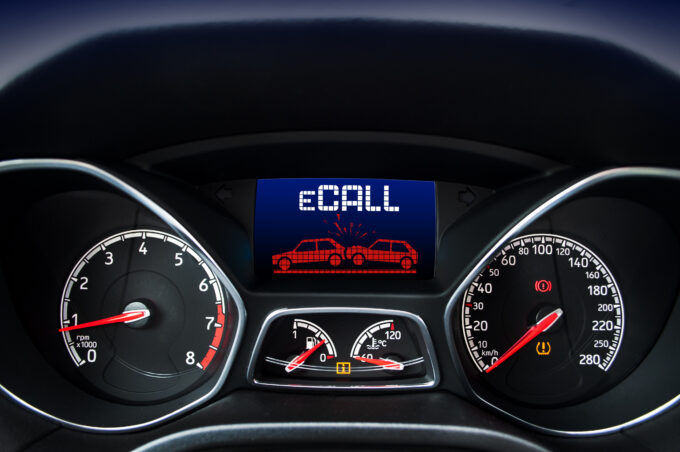Tips for the right sunglasses
Whether during leisure time or at work: On sunny days, our eyes are exposed to the sun's ultraviolet radiation outdoors. Although it is invisible, it can cause acute and, above all, long-term damage to the eyes.

So that inflammations of the conjunctiva or cataracts have no chance, it is recommended to reach for protective sunglasses, as the German Social Accident Insurance (DGVU) writes. The Institute for Occupational Safety and Health of the DGVU summarizes what needs to be observed in a watch list.
1. UV protection has priority
Above all, sunglasses must offer sufficient UV protection. For this, sunglasses should filter all UV rays up to a wavelength of 400 nanometers. Labels such as "UV400" or "100 percent UV protection" are an indication of appropriate UV protection. However, the indication is not checked and is therefore no guarantee of protection. Labels with "DIN EN ISO 12312-1" or "DIN EN 172" provide reliable indications of standard-compliant UV protection.
2. CE mark gives basic safety
Sunglasses may only be sold if they bear the CE mark. With this, the manufacturer guarantees that the minimum legal requirements are met, especially with regard to UV transmittance.
3. glass tinting says nothing about UV protection.
The tint of a lens is often referred to as the filter category. However, it is not a protection against UV radiation, but against glare. Particularly dark glasses without sufficient UV protection can even cause additional damage: The pupil remains dilated behind the dark glass and especially much UV radiation can enter the eye.
4. good fit provides optimal protection
Sunglasses should cover the eyes as completely as possible and also prevent light from shining in from the side. They must not pinch and must sit firmly on the nose and ears so as not to slip. Especially in the professional field, the break resistance of the lenses is important.
5. the sunglasses must fit the activity
On the water or in overhead line construction, you need different sunglasses than on the construction site or for forestry work. What is important is how intense the sun's rays are and how much of it is reflected by the working environment. Those who drive vehicles should make sure that the frame and temples do not restrict the field of vision, that the tint of the glasses is not too dark, or that color vision is altered to such an extent that signals in road traffic cannot be recognized correctly.
6. sunglasses from the boss?
During the risk assessment, the employer must determine whether hazards to the eyes are present and suitable eye protection must be provided. For people who already wear corrective glasses, this is a clip-on sunshade or over-the-eye glasses. Prescription sunglasses, on the other hand, are a voluntary company benefit. DGUV regulation 112-192 "Use of eye and face protection" helps in selecting the right protection.
Tips for choosing the right sunglasses: sunglasses selection display (2)









